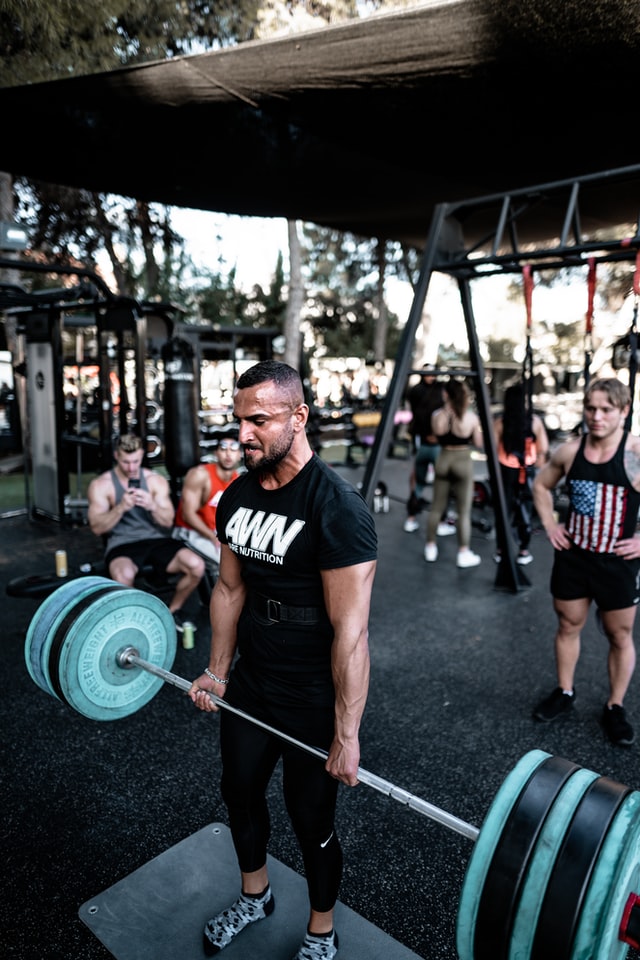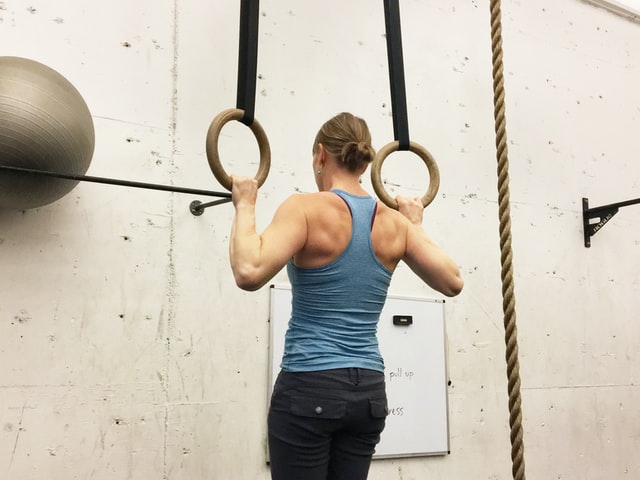Comparison between the different training periodization models
The comparison of the different training periodization models does not offer a clear superiority of any of them. As a conclusion of a recent review (Hartmann et al., 2015), for example, there are equal or significantly greater effects on the “maximal force” (practically always understood as 1RM) of the model of nonlinear programming (NLP) in front of the of linear programming (PL), while in studies that have compared the effects on “explosive” force and medicine ball throwing in competitive athletes, a significantly higher improvement is observed with LP than with NLP.
In this series of articles we deal with some of the most important concepts of strength training, collecting notes from the recently published book Strength, Speed and Physical and Sports Performance written by renowned researchers Juan José González Badillo and Juan Ribas Serna.
SUMMARY
- It cannot be concluded which type of training periodization models offer better results.
- No study has controlled fatigue or degree of exertion in each session.
- In a new study matching the relative intensity of the subjects, the results showed a clear tendency to improve more with linear programming.
However, the relatively short duration of the training periods, the difference in the types of sports or subjects to which the training is applied, the values of the training variables, the length of the “mesocycles”… mean that cannot conclude which type of training periodization models offer better results.
The comparison of the different training periodization models does not offer a clear superiority of any of them.
Harris et al. (2015), after a meta-analysis, concludes that there are no differences in the effectiveness of the LP model compared to NLP, neither in the upper nor lower limbs. Bartolomei et al. (2014) did not observe significant differences between LP and PNL in the strength of the lower limbs or in the power of the vertical jump after 15 weeks of training, although they did in the upper limbs in favor of PNL.
However, the results of this study are questionable, as the groups differed in intensity (% of 1RM) and volume. The group to which the LP was applied reached 85% more than the RM in 17 sessions, while the NLP only in 8. It does not seem reasonable that the effect of two ways of organizing training (two ways of programming) can be compared when there are so many discrepancies in key training variables.

Painter et al. (2012) found that although performance tends to favor LP relative to strength and unit time force output, no significant differences were observed between the two groups. However, it was observed that the efficiency (volume of work in relation to the changes produced) of LP was higher than that of NLP in relation to strength improvement.
Miranda the al. (2011) find that both LP and NLP significantly increase RM in leg press and bench press, but with no differences between groups, although NLP had a larger effect size than LP. Apel et al. (2011) observed that weekly LP and NLP achieved significant increases in strength at 8 and 12 weeks of training, but at 12 weeks LP offered better results than weekly NLP. It is suggested that this minor improvement is due to the greater fatigue produced by the weekly NLP, so that in long-term training it would be more practical to apply the LP.
Hoffman et al. (2009) compared NP, PL and NLP training. They found significant improvements in RM in the squat, bench press, and vertical jump in all groups at 7 weeks of training, but not between 7 and 15 weeks. Only the PL group improved their medicine ball throw after 15 weeks of training.
According to Apel et al., in long-term training it would be more practical to apply the LP
It is concluded that the results do not offer a clear answer about which model produces the best results. Hartmann et al. (2009), compared the effect of a training with LP against another of NLP. After 14 weeks of training, with 3 sessions per week, they found an improvement in bench press RM and maximum speed in the thrown bench press with no differences between the groups.
There is speculation about the possibility that performing muscular resistance training in the third weekly session in NLP may have led to excessive fatigue and not improving performance in “power” due to low intensity. In a recent review (Williams et al., 2017) the effect of periodized training (P) versus NP on strength gain was compared. RM was measured in the bench press, leg press, and squat.
It was observed that the P training offered a moderate size of the favorable effect when compared to the NP (TE = 0.43 and without the appearance of zero in the confidence interval: 0.27; 0.58). It was concluded that the typical variation of training P is determinant for the improvement of strength.

As a summary, it can be admitted that there is no relevant information to be able to affirm that one way of organizing training is superior to the others. The number of values that the variables that determine the training load can acquire, as well as the combination of these values, is such that it is difficult to control all this variability so that only the sequence of the loads applied in each appears as an independent variable. training organization model.
Without claiming to be exhaustive, leaving aside the classic load differences related to volume and intensity, some highly relevant aspects not studied in the literature in relation to programming problems are indicated below:
Relevant aspects not studied in the literature in relation to programming
- No study has controlled fatigue or degree of exertion in each session. If the same intensities and repetitions have been programmed for all the subjects, regardless of the programming model, one may have the false belief that all the subjects have done the same training, which, as indicated in previous points, is not This is correct, because given the same relative intensity (assuming that this intensity has been the same for everyone), performing the same number of repetitions in the series can cause different fatigue for each subject.
- In relation to the degree of fatigue, it has never been considered the loss of speed in the series, which is decisive to better understand the load or degree of fatigue generated by the training and to equalize the loads for all the subjects: this would mean doing different numbers of repetitions, but the same degree of fatigue in the series.
- No study has checked whether the intensity with which the subjects trained each day was the programmed intensity and whether it was the same for all.
- No study has considered the Effort Index (IE) that each training session has entailed: the effects of two or more relative intensities or sets of different relative intensities cannot be compared if they are performed with a different EI.

As can be deduced, despite the huge number of studies carried out with the objective of elucidating which is the best training organization model, valid information cannot be expected from any of them if, at least, the sources of information are not considered. variance that can be generated by what is indicated in the four previous points.
New Study Equating Subjects’ Peak Relative Intensity
This problem has been addressed in a recent study in which all the load indicator variables were equalized except the evolution of the maximum relative intensity of each session. With this approach, a training session with a progressive trend in intensity and a regressive trend in volume was compared to another with these same trends, but in an undulating manner.
That is to say, the effects of what in the terminology discussed would be a LP training with another of NLP were compared. The particularity and the difference with the rest of the studies carried out to date is that in this case the intensity (maximum and warm-up intensities) of each day and the loss of speed (the degree of fatigue) were the same for the two groups. , and every day the execution speed was controlled to verify both the intensity with which the subject trained and the loss of speed at which he reached.
Naturally, the number of repetitions in the series was not programmed (although measured), because this would have caused not all subjects to experience the same degree of fatigue. The trained exercise was the full squat, and the speed loss in the series was 15% of the speed of the first repetition.
the results showed a clear trend (percentage changes and effect size) to improve more with LP
There were no significant differences between the groups, but the results showed a clear trend (percent changes and effect size) to improve more with LP. In addition, there were significant interactions (p < 0.05) group x measures in favor of LP in all “strength” variables in the squat and vertical jump (CMJ), which was not trained. A faster and more frequent weekly strength improvement (1RM) was also observed in the squat and CMJ in the LP than in the NLP (laboratory data in press).





